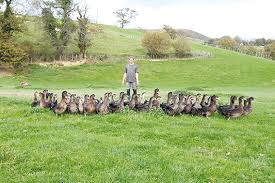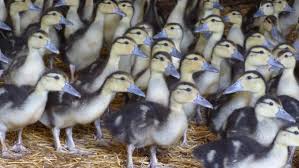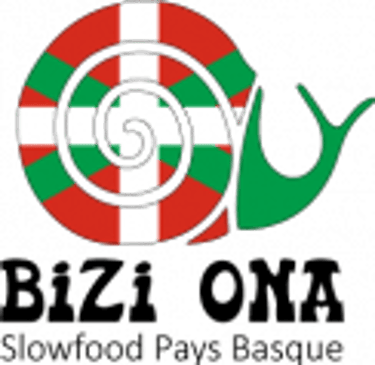Between sea and mountains, Itsas Mendi, you can only find high quality products.
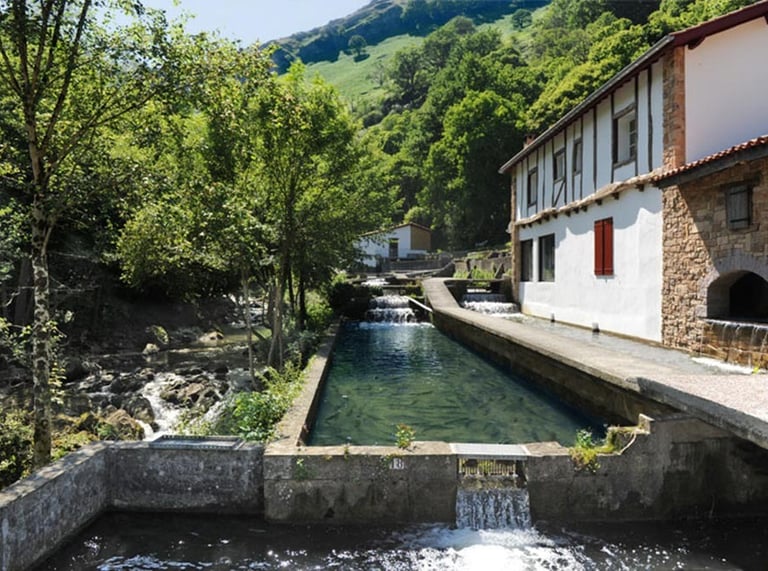

The Banka aquaculture farm is first of all a magnificent and wild setting, nestled in the heart of the Basque Country. From the 17th century, the Arpéa spring supplied a mill in the village of Banka. It was in 1965 that Jean-Baptiste Goicoechea decided to set up a trout farm on this site, convinced that the exceptional quality of the water and the passion of the men who would run this business could make Banka Trout a gastronomic reference. . 50 years later, through hard work, conviction and patience, the family aquaculture farm offers trout with rare finesse, the fruit of unique know-how and a particularly privileged environment.
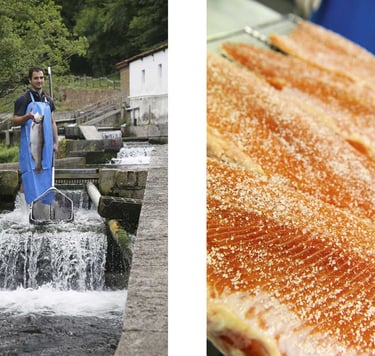

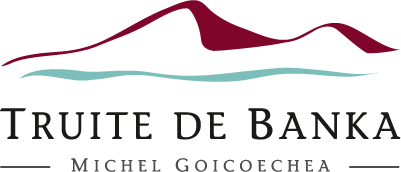

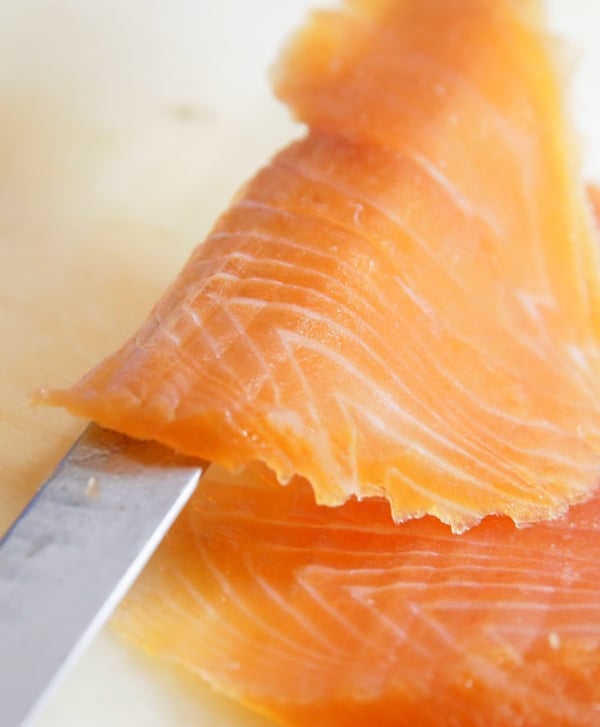


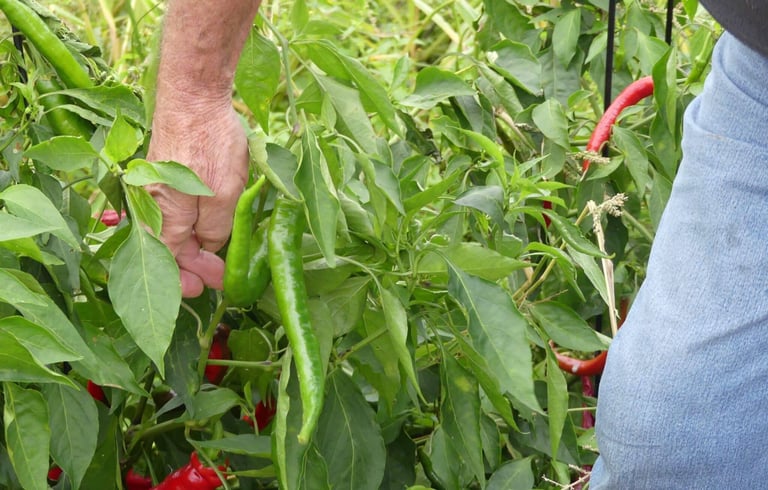

Sweet pepper from Anglet and Seignanx . Sentinel Red Label Bizi Ona.

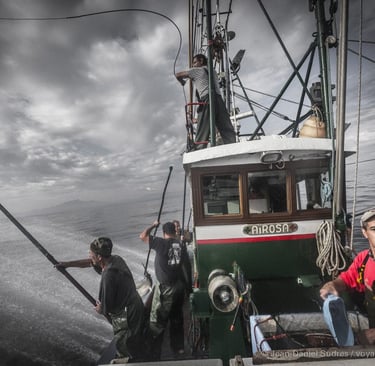
Bluefin tuna caught with live bait. Ark of taste.
Line-lined hake from St Jean de Luz Arche du Goût.
The black-headed Manech sheep , Bizi Ona sentinel.
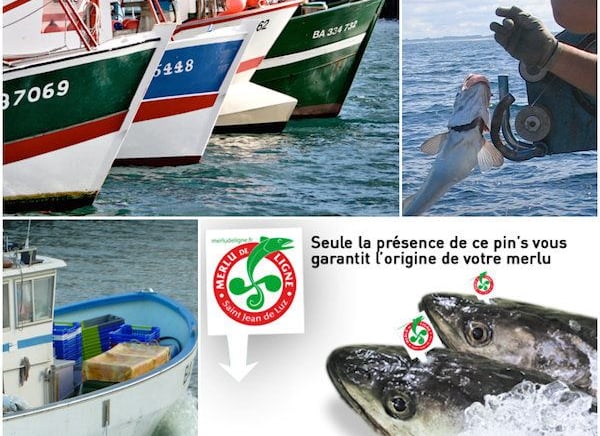

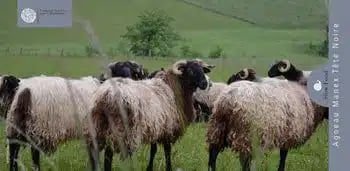



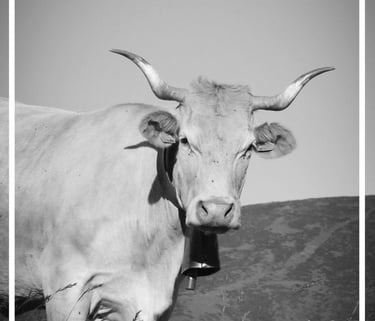

Recognizable by its beautiful lyre horns, the Pirenaika cow originates from the southern side of the Basque Country.
The Pirenaika was in danger of extinction in the 1970s: at that time there were only 1,500 cows, mainly in the Aezoka valley, in Navarre. It was able to be saved, thanks to the commitment of breeders and today there are nearly 28,000 cows.
Its hardiness, its maternal and dairy qualities, its ability to spend the summer in summer pastures, make it a cow perfectly suited to the mountain breeding systems of the Basque Country.
The breeders have united within the association “Iparraldeko Behi Pirenaikaren Elkartea” with the objectives of promoting and defending this breed, but also of offering quality products: pink and juicy veal and tender and extremely tasty beef.
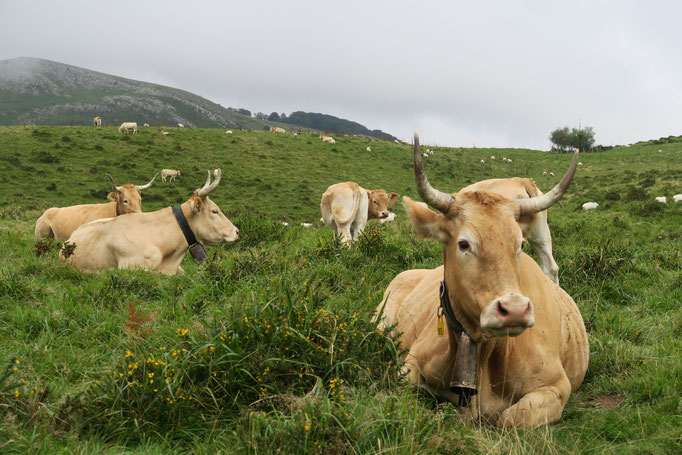


In the 90s, an association, Eztigar, in love with its territory, proud of its values, invested without counting to protect this heritage as well as this tradition by relaunching apple cultivation in the Basque Country.
EZTIGAR is located in ST JUST IBARRE, a small mountain village located between SAINT JEAN PIED DE PORT and MAULEON.
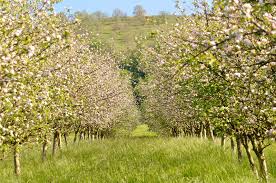

Saving our old varieties of apples, remarkable work
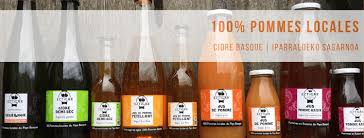


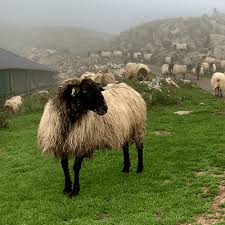

Estives cheese from the Basque Pyrenees Sentinelle Bizi Ona
Called “ Bortuko Ardi Gasna ” in Basque, it is a farm cheese made from raw sheep's milk with uncooked pressed dough. This natural cheese is made exclusively in summer pastures, from May to September, and between 600 and 2000 meters above sea level.
This raw milk cheese from Estive of the Basque Pyrenees is made in the mountains in the etxola or cayolar (shepherds' habitat in Basque). Milking is manual and in the open air. The cheese is produced daily from raw milk milked that day.
The milk is renneted, stirred, then collected to form a ball which is drained into molds. The dough is then salted. It bears the Mark of Estive, a Pyrenean peak topped with an Edelweiss.
These cheeses are produced exclusively from May to September during transhumance in summer pastures.
Around 50 shepherds produce this summer farm cheese. Some of them are part of the Ossau-Iraty AOP, or the IDOKI Farm Charter which favors direct sales and family-sized farms.
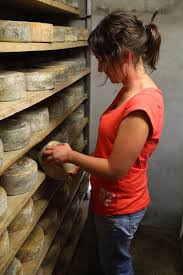

Ancestral breed of sheep
The flock is made up of Manex black head ewes, an emblematic ancient local breed, and red head and/or Basco-Béarnaises exclusively. It is taken to the mountains where it feeds on pasture with a natural supplement of cereals, strictly limited by the Estive brand.
Refining in the mountains
The maturation, for a minimum of 80 days, takes place in a dry cellar, in a summer pasture. The crust then takes on a color ranging from orange-yellow to ash gray. A delicate fruity taste is preserved thanks to the natural and diversified diet of the sheep, the absence of cooking of the milk, and the maturation in the mountains.
Transhumance of Estives
For centuries, transhumance has made it possible to maintain the Basque mountains, by limiting the spread of woody vegetation conducive to the closure of the mountain and fires. This natural cheese is made on the collective pastures of the Basque Mountain, from the coast to Béarn, between 600 and 2000m altitude.
Black head Manex sheep

Sasi ardi...A story
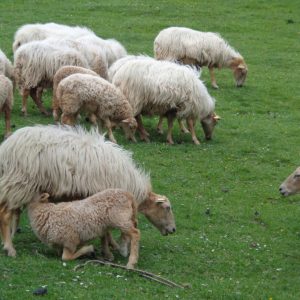


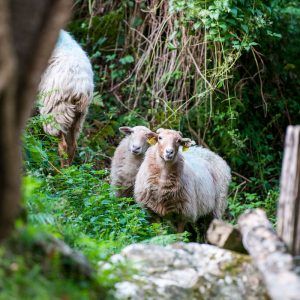


From its cradle, located on the slopes of Aiako Harria and the Rhune (villages of Lesaka, Oiarzun, Sare and Biriatu), the Sasi Ardi or “Muttur Gorri” has spread throughout our moors and undergrowth.
With the Pottok and the Betizu , it constituted the complementary “third tooth” in the maintenance of the foothills of Labourd and Lower Navarre . On small farms, this sheep constituted a food reserve and additional income. “Zikiro” were taken from the herd to celebrate the festive moments of local life.
At the time of dairy intensification at the end of the 20th century, it was very quickly replaced or assimilated by the Manech Tête Noire et Rousse, more docile and above all more productive.
At the beginning of the 21st century, the Sasi Ardi was spoken of as a legend. Patient work on genetic heritage and traditional breeding methods was then carried out by a handful of enthusiasts, and resulted in the creation of the Sasi Artalde association in 2014, then the official recognition of the breed in 2016. Finally, the Sasi Ardi won 1st prize from the Heritage Foundation for Animal Agrobiodiversity in 2017 .
The current population is the smallest of the sheep breeds in the Basque Country: around 1,500 ewes on the northern slope of the Basque Country and double that on the southern slope.
Furtive, rustic and maternal, she regains her territory.
SASI ARDI the Broussailles sheep

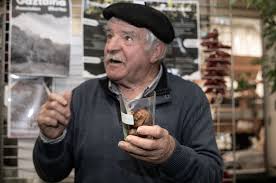




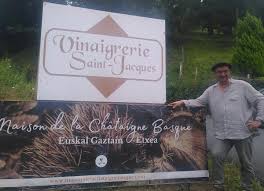

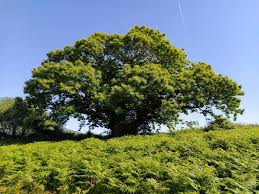
74 owners for 85.46 ha of orchards in 2020 in 5 municipalities located around the Baigura massif: Bidarray, Hélette, Louhossoa, Macaye, Mendionde.
A LITTLE HISTORY...
“At the end of the 19th century, ink disease wreaked havoc throughout Europe. The Basque Country was not spared.
In 1909 , two local missionaries left for Japan and - under orders - sent the first Japanese chestnuts which would be sown in their native land..."
Here are a few words of the incredible story that I invite you to discover!
Guided by the trees, my explorer's soul is stimulated every day by this part of our history which never ceases to fascinate me.
A subject that became a passion which allowed me to bring this “ Basque Chestnut ” sector to life.
Benat ITOÏZ
The cherry of Itxassou , Bizi Ona Sentinel.
The Corn Grand Roux Basque Arto Gorria , Sentinel Bizi Ona.



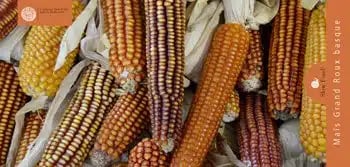

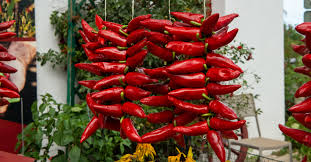
THE OLDEST ROOTS OF THE ESPELETTE PEPPER CAN BE FOUND IN MEXICO.
They were the first great explorers who made it possible to spread the culture of pepper throughout the world in just a few years. But how did chili pepper arrive in the vegetable gardens of the Labourd province? No one knows it, but as early as 1650, we found the first traces of Piment around Espelette.
It was women who began to cultivate it, because they saw it as a good way to replace pepper, which was too expensive at the time. Chili pepper was used as a spice which was used both for seasoning and for preserving meats and hams.
Every year, the women selected the seeds of the peppers for future sowing: they gave birth to the GORRIA variety, the only farm seed which will give rise to the Espelette pepper.
In the fall, to dry the peppers, the women strung the peppers on a rope to place them against a wall of the farm. Once dried, the ropes were put in the bread oven, still hot from the day before. When they came out of the oven, the peppers, which had become very crunchy, were pounded to make the powder. A real transmission of this know-how has taken place from generation to generation.
It was only in 1983, with the creation of a cooperative, that there was a real desire to professionalize the processing of Piment d'Espelette. But several difficulties encountered will lead to its closure. The cultivation of Espelette pepper experienced a real decline and almost disappeared.
But the Espelette pepper, an exceptional spice, had not said its last word. And under the leadership of producers grouped together in a union since 1993, it obtained its official recognition as an AOC in 2000 and an AOP in 2002.
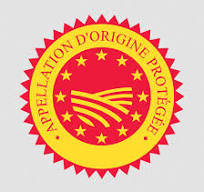

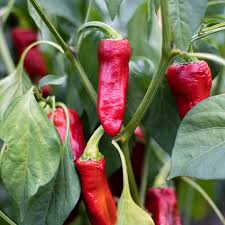



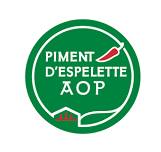

Only product from the Basque Country under AOP and AOC
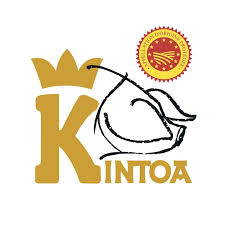

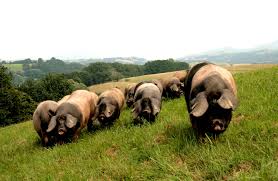

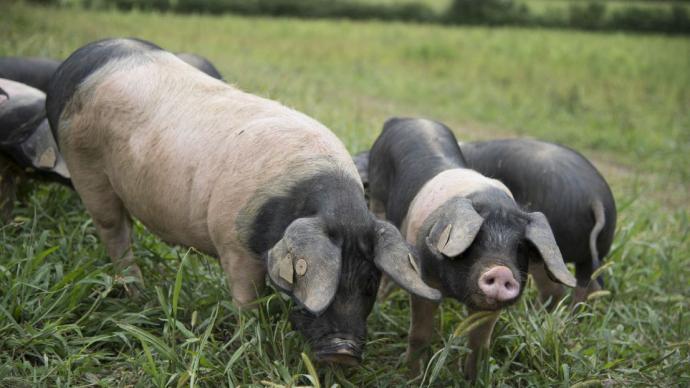

From the 10 breeders at the start, there are now 80 members with 75 breeders, 3 artisanal processors, the Saint Jean Pied de Port slaughterhouse, and the Aldudes Collective Dryer.
The Basque breed pig (or Pie Noir du Pays Basque, or Euskal Xerria in Basque) is one of the 6 local French pig breeds and constitutes one of the oldest in Europe .
An agronomic as well as cultural heritage, the Basque breed pig has strongly influenced the development of Basque society throughout history. From the 12th century, its breeding allowed the economic growth and the population of an area located in the heart of the ancient kingdom of Navarre (the current Aldudes valley), called “ Kintoa ” after the tax that the Kings took from the pigs that came there in transhumance from all over the Basque Country.
The decline in numbers dates from the beginning of the 19th century: men heavily deforested the hills of the Basque Country in order to free up land for sheep grazing. The reduction in areas of beech, oak and chestnut trees leads to less availability of rangeland for pigs.
The Kintoa production area extends over 231 municipalities including 157 in the Basque Country, 69 in Béarn and 5 in the Landes. The sector has .57 breeders and 4 artisan butchers. 2 dryers
Kintoa pork meat received a Protected Designation of Origin (AOP) in 2017. After obtaining an Appellation d'origine contrôlée (AOC) in 2016, Kintoa ham also received an AOP in 2019. This recognition guarantees the area and ancestral production methods of this ham from the Basque Country at European level.
It is in the French Basque country and some neighboring cantons that Kintoa pigs are raised.
For a minimum of 7 months, pigs feed on acorns, chestnuts, herbs, roots and cereals . In order to preserve pastures and respect nature, each pig has a ring on its snout. This allows them to feed, without digging deep into the ground. Salted with the IGP “Sel de Salies-de-Béarn” , the Kintoa Ham is matured in the predominant south wind in the natural drying room of Aldudes for 16 to 18 months, thus taking advantage of the alternation of hot south winds with the sea air currents of the ocean. Its meat is deep red in color, finely marbled. The dry ham is rubbed on the meat side with AOP “ Piment d’Espelette ” before being packaged.
Kintoa ham, a local product under AOP


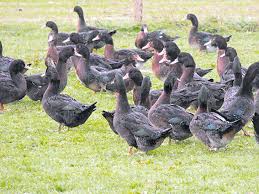
The Kriaxera /kriaʃeɾa/ is a duck from the French Basque Country whose origins date back to the Roman conquest. Kriaxera is called both a native duck and a mulard crossed between the duck and a Barbary male 1 .
It is a rustic breed that can live outdoors, on grassy areas drained by rivulets. Males are generally reserved for force-feeding or candied food while females are eaten for their meat 1 . Their flesh, not very fatty, is particularly tasty 2 .
Kriaxera duck meat is renowned for its quality thanks to its diet and outdoor breeding. Their breeding consists of being placed in nurseries at the beginning of their life and then flourishing in the open air until being slaughtered.
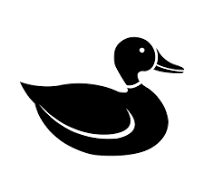

The historic breeding basin covers the Basque Country, Béarn, the Adour basin, Chalosse and Marensin.
This rustic farm duck feeds on grassy areas and in waterways. The traditional artisanal production of fatted ducks is ancient. Not being subject to sharecropping fees, it developed significantly between the two wars, then gave way in the 1970s and 1980s to integrated industrial sectors. The kriaxera strain has been maintained thanks to a demand for smaller, slower-growing mulards than selected breeds, with higher quality and less fatty meat.
They are also more hardy, which allows them to be raised partly outdoors and on grass. Today, the Kriaxera population numbers around 600 breeders.
A part is always intended to supply around fifteen small producers of fattened ducks which constitute a quality local sector. In addition, around twenty breeders participate in the conservation of kriaxera on farm which they use for family consumption or for direct sale (roasting cans).
